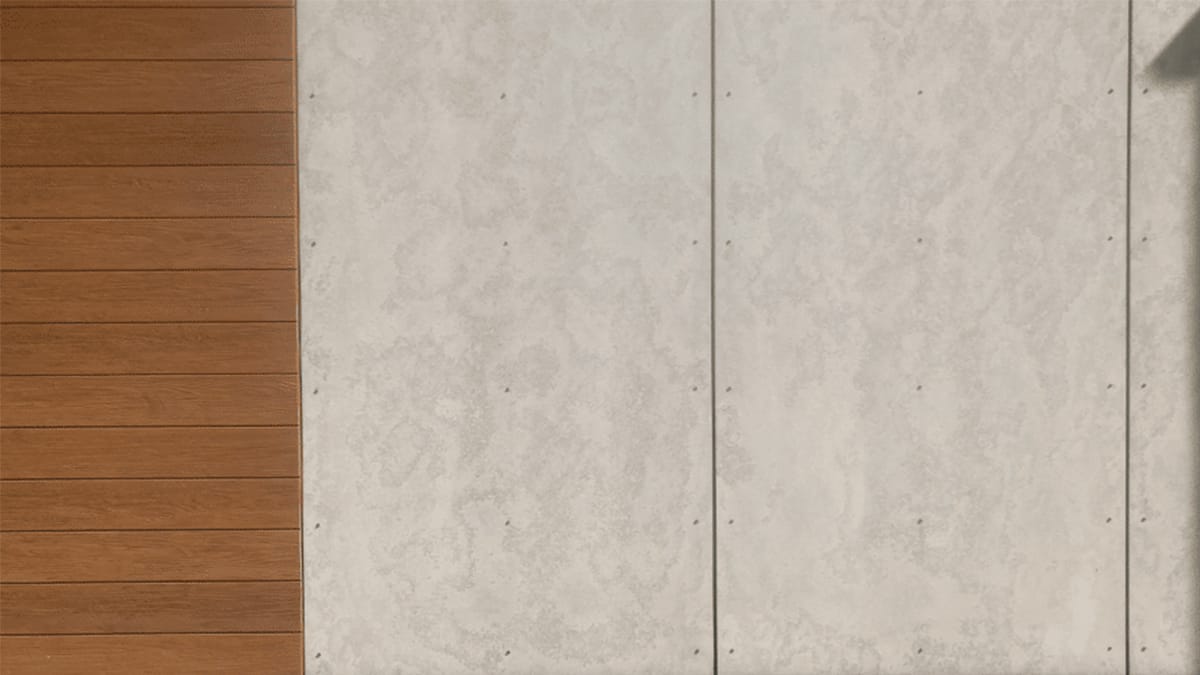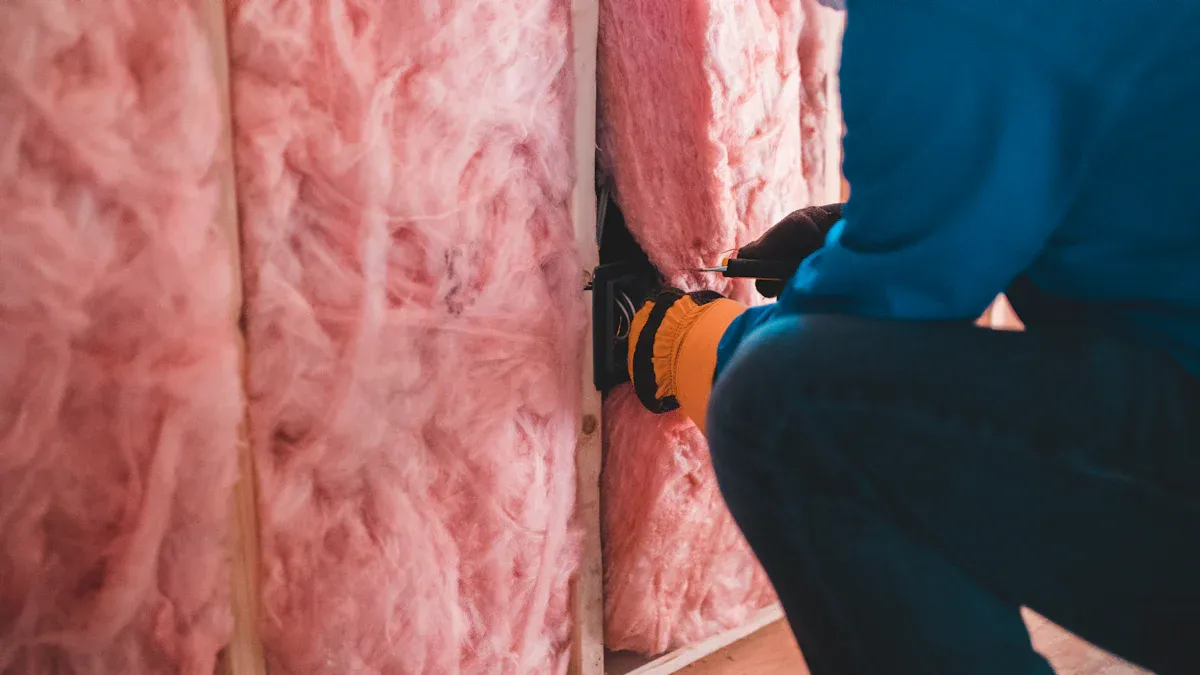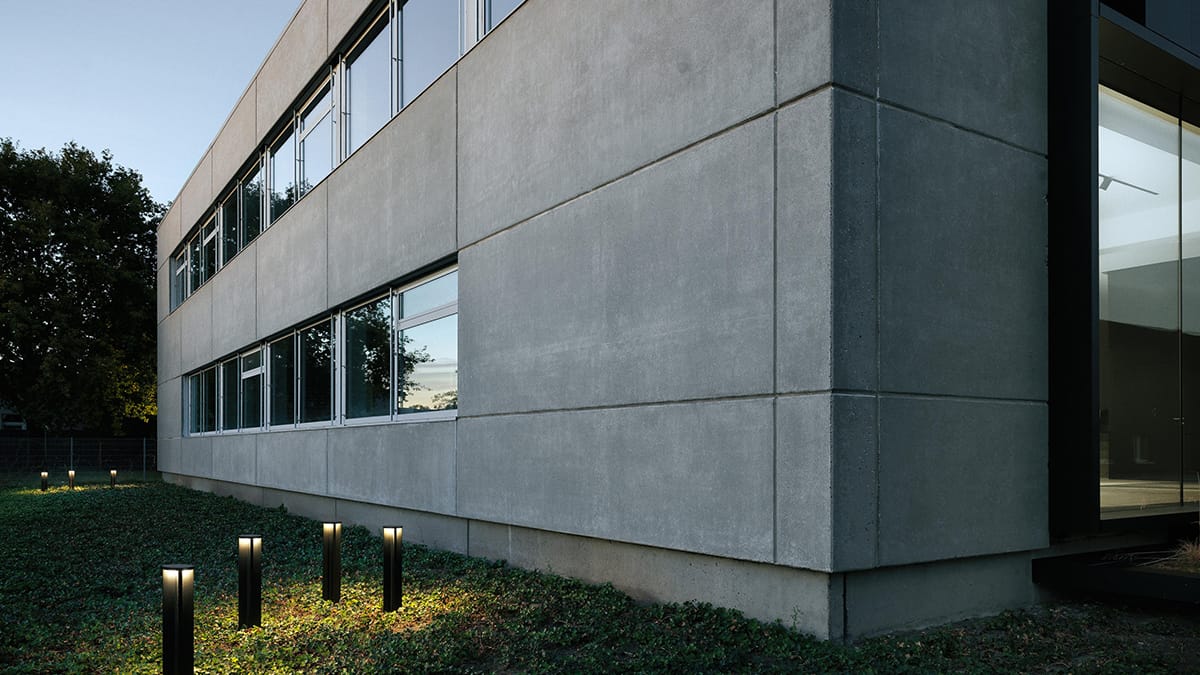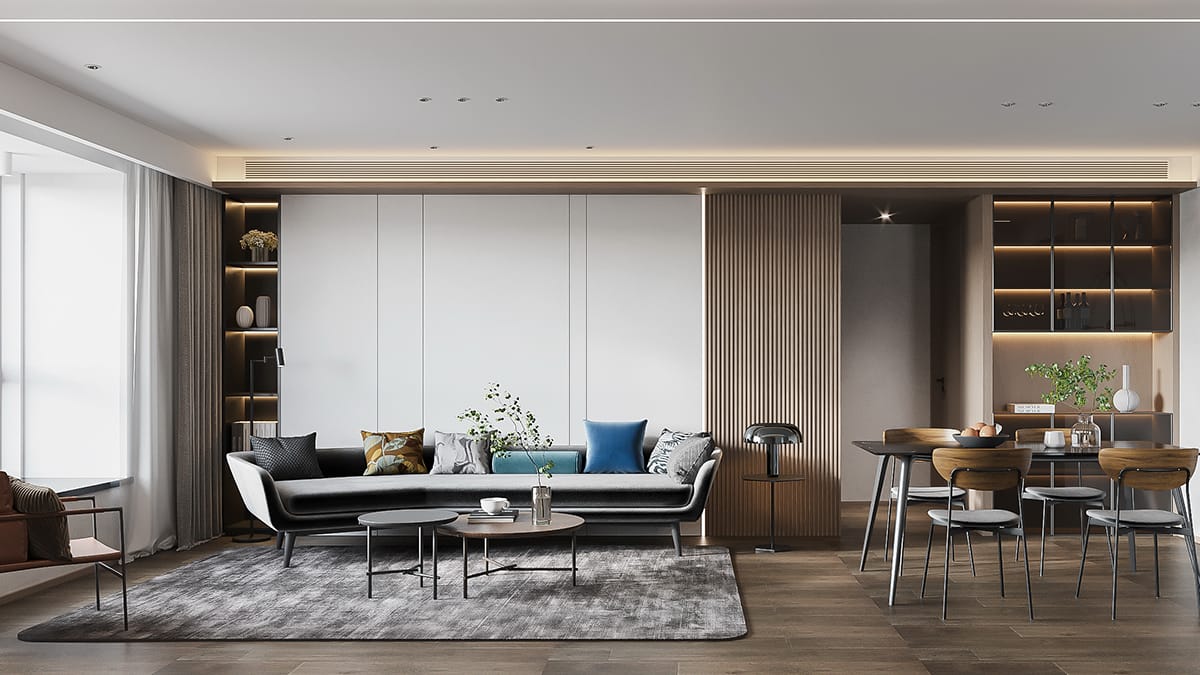
16 Sep Types Of Prefabricated Wall Panels
Table of Contents
- 1 Key Takeaways
- 2 Insulated Panels
- 3 Concrete Panels
- 4 Metal Panels
- 5 Specialty Prefabricated Wall Panels
- 5.1 Magnesium Oxide (MGO) Panels
- 5.2 Polystyrene (PS) Panels
- 5.3 Wood-Plastic Composite (WPC) Panels
- 5.4 Medium-Density Fiberboard (MDF) Panels
- 5.5 Stone Plastic Composite (SPC) Panels
- 5.6 3D Wall Panels
- 5.7 Gypsum Vinyl Panels
- 5.8 Solid-Surface Material Panels
- 5.9 Fire-Rated Panels
- 5.10 Wood Veneer Panels
- 5.11 PVC Panels
- 6 Glass Panels
- 7 FAQ
When you look at prefabricated wall panels for your project, you will see a few main types. These are insulated panels, concrete panels, metal panels, specialty panels, and glass panels. Each type has its own features and benefits for different uses. The table below shows how modular and panelized panels share the market.
Type of Panel | Market Share (%) |
|---|---|
Modular Panels | |
Panelized Panels | 40 |
You can pick panels that give you speed, energy savings, strength, or help the environment. Your choice depends on what you want for your project.
Key Takeaways
Pick the best prefabricated wall panel for your project. Think about what you need, like saving energy, being strong, or looking nice. Insulated panels, such as SIPs, help save energy. They also lower heating bills. These panels work well for homes and green buildings. Concrete panels are strong and last a long time. They are good for big places like warehouses and schools. Precast panels help save time and work. Metal panels look modern and are easy to care for. They are a good choice for stores and offices. Specialty panels, like MGO and fire-rated panels, help keep places safe. They work well in important places like hospitals and kitchens.
Insulated Panels

Insulated panels help keep heat in or out. They save energy in many buildings. Each insulated panel type has a special design and use.
Structural Insulated Panels (SIPs)
SIPs have a hard foam core between two boards. This makes them strong and good at keeping heat in. SIPs are used for walls, roofs, and floors in homes and small businesses. You can build fast with SIPs because they are ready to use. Many green buildings use SIPs for better energy use. A 4-inch SIP wall has an R-value of 14. This is better than most regular walls. SIPs are found in schools, apartments, and hospitals.
Tip: SIPs lower your energy bills by stopping air leaks.
Insulated Metal Panels
Insulated metal panels have metal outsides and foam inside. These panels are light and simple to put up. They are often used on the outside of stores and cold rooms. Insulated metal panels keep heat in and block fire, bugs, and water. You can use them for walls and roofs when you need to build fast and save energy.
Feature | SIPs | Insulated Metal Panels |
|---|---|---|
Insulation | Superior insulation | |
Load-Bearing | High | Lightweight |
Speed of Construction | Fast | Fast |
Common Use | Homes, schools | Warehouses, factories |
Polyurethane Foam Panels
Polyurethane foam panels have a thick foam center. This helps stop heat from moving in or out. You can use these panels in homes and businesses. They keep buildings warm in winter and cool in summer. Polyurethane foam panels are also good for places that need steady temperatures, like cleanrooms or food storage.
Concrete Insulated Panels
Concrete insulated panels have concrete on both sides and insulation in the middle. These panels are strong and save energy. They are best for buildings that need to be extra tough, like warehouses or big stores. Concrete insulated panels also help make buildings airtight, which saves more energy.
Insulated prefabricated wall panels are a smart choice for many reasons. They help you build faster, save energy, and make homes and businesses more comfortable.
Concrete Panels
 Concrete panels give you strong, long-lasting walls for many types of buildings. You can choose between precast concrete panels and tilt-up concrete panels. Each type has its own strengths and best uses.
Concrete panels give you strong, long-lasting walls for many types of buildings. You can choose between precast concrete panels and tilt-up concrete panels. Each type has its own strengths and best uses.
Precast Concrete Panels
Precast concrete panels are made in a factory. Workers pour concrete into molds and let it harden before shipping the panels to your site. You get panels that are ready to install as soon as they arrive. This method saves you time and helps you avoid weather delays.
You get higher strength with precast panels. Most have a psi level of at least 5,000, which means they can handle more weight and last longer.
You can use fewer columns inside your building. Precast panels support more load, so you get more open space for your layout.
You can ask for custom shapes, sizes, and finishes. Precast panels give you more design options than tilt-up panels.
Factories can make these panels all year. You do not have to wait for good weather, so your project can move faster and cost less.
Precast concrete panels work well for schools, hospitals, and office buildings. You can also use them for parking garages and warehouses.
Note: Precast panels often arrive at your site with windows, insulation, or wiring already built in.
Tilt-Up Concrete Panels
Tilt-up concrete panels are made right at your building site. Workers pour concrete into large forms on the ground. After the panels harden, cranes lift them into place to form your walls.
Tilt-up panels usually have a psi level around 4,000. They still offer good strength for many projects. You can use tilt-up panels for warehouses, big stores, and factories. This method works best when you have lots of space at your site.
Tilt-up panels cost less for large, simple buildings.
You get fast construction if your site is flat and open.
You can finish the outside of tilt-up panels with paint, brick, or stone for a custom look.
Both types of concrete panels give you strong, fire-resistant walls. When you choose between them, think about your design needs, budget, and site space. Concrete panels are a popular choice for prefabricated wall panels because they offer speed, strength, and flexibility.
Metal Panels
Metal panels are strong and look modern. You can pick steel or aluminum panels. Each type has special benefits for prefabricated wall panels.
Steel Panels
Steel panels are known for being tough and lasting long. You see them on factories, warehouses, and schools. These panels are good when you need a strong wall. You can use steel panels for walls, soffits, fascia, and screens.
Panel Type | Typical Use Cases |
|---|---|
Steel Panels | Strong walls for many buildings |
Design Wall Panels | Walls, soffits, fascia, screens |
Steel panels have many good points. They last a long time and save money. You can pick from many shapes and styles. They are quick to install.
Note: Steel panels do not need much care. They last for years and help you save money.
Steel panels are heavy. They use more energy to make. If you want a green choice, you may not pick steel panels.
Aluminum Panels
Aluminum panels are light and look nice. You see them on offices, schools, and homes. These panels do not rust. They work well in wet places or near the ocean. You can use aluminum panels for cladding, new buildings, and fixing old ones.
Panel Type | Typical Use Cases |
|---|---|
Aluminum Panels | Nice cladding for many kinds of buildings |
Aluminum Composite | Good for new buildings and fixing old ones |
Aluminum panels are easy to carry and put up. They do not rust and last a long time. You can choose from many designs.
Tip: Aluminum panels cost more than steel. They look modern and do not rust. Be careful, as aluminum can dent easily.
Metal panels are a smart pick for prefabricated wall panels. They last long, need little care, and give you lots of design choices.
Specialty Prefabricated Wall Panels
 Magnesium Oxide (MGO) Panels
Magnesium Oxide (MGO) Panels
Magnesium oxide (MGO) panels protect against fire and water. You can use them in places where safety is very important, like schools, hospitals, and kitchens. These panels do not catch fire easily and stay strong even when wet. They also stop mold and mildew from growing.
Property | Contribution to Fire Resistance | Contribution to Moisture Resistance |
|---|---|---|
Fire Rating | N/A | |
Flame Spread Index | 0/0 rating on ASTM E84 / UL 723 | N/A |
Temperature Resistance | Withstands temperatures exceeding 750°C (1,382°F) for over 30 mins | N/A |
Water Vapor Emission | Emits up to 30 lbs. of water vapor during a fire event | N/A |
Structural Stability | N/A | Maintains stability when immersed in water, does not warp, swell, or delaminate |
Antimicrobial Properties | N/A | Resistant to mold, mildew, fungus, and rot |
Tip: Pick MGO panels if you need walls that fight fire and water.
Polystyrene (PS) Panels
Polystyrene panels help keep heat in or out. You can shape them for many jobs, like insulation in homes and offices. These panels last a long time and cost less than many other panels. They are good for the environment because you can recycle them.
Energy efficiency: Keeps buildings warm or cool, lowering your bills.
Customization: Fits many shapes and sizes.
Durability: Stands up to moisture and chemicals.
Cost-effective: Saves money over time.
Sustainability: Recyclable and helps cut greenhouse gases.
But polystyrene panels have some problems.
Moisture sensitivity: Can soak up water and get weak.
Fire risk: Burns fast and gives off bad gases.
Environmental impact: Does not break down, so it adds to trash.
Note: Use polystyrene panels for good insulation, but not in wet or fire-prone places.
Wood-Plastic Composite (WPC) Panels
Wood-plastic composite (WPC) panels mix wood and plastic. These panels last longer than plain wood. WPC panels do not bend, crack, or soak up water. They also stop bugs like termites and do not let mold or mildew grow. You can use WPC panels in bathrooms, kitchens, or any wet place. You do not need to paint or seal them often.
Durable and resists damage.
Stops pests and mold.
Works well in wet areas.
Needs little care.
Medium-Density Fiberboard (MDF) Panels
MDF panels give you a smooth, strong surface for many projects. You can use them in homes and businesses. They work well for furniture, wall panels, and cabinets. MDF panels do not bend and are easy to shape or paint.
Application Type | Description |
|---|---|
Furniture Making | Used for cabinets, bookcases, bed frames, and shelves due to affordability and customization. |
Decorative Paneling | Ideal for wall panels, wainscoting, and cabinetry, providing a polished look. |
Kitchen Cabinets | Preferred for cabinet doors due to durability and resistance to warping. |
Commercial Fixtures | Utilized for display shelves, countertops, and store fixtures, allowing for customization. |
Office Furniture | Smooth surface allows for easy application of laminates and veneers for a professional finish. |
Soundproofing Panels | Dense structure reduces sound transmission, suitable for quiet environments in commercial spaces. |
Tip: Pick MDF panels for projects that need a smooth look and custom shapes.
Stone Plastic Composite (SPC) Panels
SPC panels are made from stone powder and plastic. These panels are very strong and do not soak up water. SPC panels work well in bathrooms, kitchens, and other wet places. They do not bend or swell, even if they get wet.
Panel Type | Strength | Water Resistance |
|---|---|---|
SPC | Superior rigidity and impact resistance | Fully waterproof with zero water absorption |
PVC | More flexible but less sturdy | Water-resistant but can warp under prolonged moisture exposure |
WPC | Moderate rigidity | Susceptible to swelling and mold growth if not properly sealed |
Note: Pick SPC panels if you need tough, waterproof walls or floors.
3D Wall Panels
3D wall panels make rooms look cool and interesting. You can pick plastic, gypsum, metal, or wood panels. Each material gives a different style and feel.
Material | Advantages | Common Environments |
|---|---|---|
Plastic | Lightweight, easy to install | DIY projects |
Gypsum | High-end look, intricate detailing | Luxury interiors |
Metal | Industrial edge | Contemporary designs |
Wood | Warm, natural appeal | Various interior settings |
You often see 3D wall panels in living rooms, bedrooms, hotel lobbies, and stores. They are great for making feature walls.
Gypsum Vinyl Panels
Gypsum vinyl panels have a gypsum center and a vinyl top. You can put them up fast in grid ceilings. The panels do not burn easily and can stop fire for up to two hours, depending on how you use them. The vinyl top means you do not need to paint or finish them. You can use these panels in offices, schools, and hospitals.
Tip: Gypsum vinyl panels save time and add fire safety.
Solid-Surface Material Panels
Solid-surface panels give you smooth, seamless walls. You can clean them easily, so they are good for hospitals, labs, and kitchens. These panels do not let bacteria or mold grow. They also stand up to heavy use and do not stain.
Benefit | Description |
|---|---|
Seamless Design | Prevents dirt and bacteria accumulation, making cleaning easier and reducing infection risks. |
Non-porous Material | Stops the spread of bacteria, mold, and mildew, ensuring a sanitary environment. |
Easy to Clean | Stains remain on the surface and can be easily removed, enhancing maintenance efficiency. |
Durability and Impact | Withstands heavy use in high-traffic areas, making it suitable for various healthcare settings. |
Versatile Applications | Suitable for laboratories, reception areas, and operating rooms due to its hygienic properties. |
Note: Use solid-surface panels where you need clean and easy-to-wash walls.
Fire-Rated Panels
Fire-rated panels help protect you if there is a fire. These panels meet strict rules for how long they can stand up to flames, usually one to two hours. They also slow down fire and keep smoke low. You often see fire-rated panels in schools, offices, and public buildings. Non-fire-rated panels cost less but do not give the same safety.
Wood Veneer Panels
Wood veneer panels look like real wood but cost less. You can pick from many finishes and grains to match your style. These panels use less wood than solid boards, so they help save trees. Many wood veneer panels use safe, non-toxic glue.
Many finishes and grains for custom designs.
Looks like rare wood at a lower price.
Uses fewer resources, helping the environment.
Lighter and easier to install than solid wood.
Made with eco-friendly materials.
Tip: Pick wood veneer panels for a natural look and to help the planet.
PVC Panels
PVC panels are light and easy to use. You can cut them with simple tools and put them up fast. These panels work well in wet places like kitchens, bathrooms, and food factories. They keep walls dry and stop mold.
Lightweight and easy to move.
Simple to cut and fit.
Great for wet areas, keeping walls dry.
Stops mold and helps meet hygiene rules.
You can put PVC panels on any surface.
The panels lock together, so they go up fast.
No waiting for drying; use them right away.
PVC panels cost less than wood or tile. Their light weight makes shipping cheaper, and you save money on labor because they are quick to install.
Note: Use PVC panels when you want a cheap, fast, and clean wall.
You can use specialty prefabricated wall panels to solve many building problems. Each type gives special benefits for safety, style, or easy care.
Glass Panels
 Image Source: luxviewsystems
Image Source: luxviewsystems
Glass panels give your building a modern and open look. You can use them to let in more light and make spaces feel bigger. Many architects choose glass panels for their beauty and strength. You will see them in offices, malls, and even homes.
Curtain Wall Systems
Curtain wall systems use large glass panels that hang on the outside of a building. These panels do not hold up the building. Instead, they act as a shield against wind and rain. You get a smooth, shiny surface that looks clean and modern.
You can enjoy more daylight inside, which helps save energy.
Curtain walls make rooms feel open and bright.
The panels resist rust and do not need much care.
You can use special glass to block heat or noise.
Tip: Curtain wall systems work well for tall buildings and big offices. They help you control temperature and sound.
Here is a quick comparison of curtain wall systems and glass sandwich panels:
Feature | Curtain Wall Systems | Glass Sandwich Panels |
|---|---|---|
Energy Efficiency | Improves thermal regulation when properly designed | Provides thermal insulation through a cavity |
Sound Insulation | Enhances soundproofing with insulation materials | Acts as a buffer against external noise |
Glass Sandwich Panels
Glass sandwich panels have two layers of glass with a special core in the middle. This core can be air, foam, or another material. You get strong panels that keep heat and noise out. These panels work well for walls, roofs, and even floors.
You get better insulation, so your building stays warm in winter and cool in summer.
The panels block outside noise, making rooms quieter.
Glass sandwich panels last a long time and do not rust or corrode.
You can use them in places that need to stay clean, like hospitals or labs.
Glass panels offer many benefits:
Load-bearing glass lets you try new designs.
Curved glass gives smooth lines and wide views.
You get more natural light and save on energy bills.
Glass panels increase property value and look elegant.
You can use glass panels in many types of prefabricated wall panels. They help you create bright, energy-efficient, and beautiful spaces.
When you choose prefabricated wall panels, look at cost, strength, and style. The table below shows how each type compares:
Type | Cost per Sq Ft | Best For |
|---|---|---|
SIPs | Energy savings, fast builds | |
Concrete | $15–$30 | Tall, strong buildings |
Wood | $10–$20 | Warm look, easy to shape |
Metal | $12–$25 | Modern, low care, long life |
Think about how much care each panel needs and how easy it is to install. Pick panels that match your project’s needs for insulation, safety, and design.
FAQ
What are the main benefits of prefabricated wall panels?
You can build faster with prefabricated wall panels. They help save energy and make less waste. Factories make these panels, so quality stays high. Most panels need less care than regular walls.
Can you use prefabricated wall panels for both homes and businesses?
Yes, you can use these panels in many places. They work in houses, offices, schools, and stores. Each panel type fits a different job. SIPs are good for homes. Metal or glass panels are better for offices and malls.
How do you choose the right panel for your project?
First, think about what you need most. Do you want to save energy, stop fires, or have a cool look? Use this table to help you pick:
Need | Best Panel Type |
|---|---|
Energy Savings | SIPs, Insulated Panels |
Fire Safety | MGO, Fire-Rated Panels |
Modern Look | Glass, Metal Panels |
Are prefabricated wall panels safe and durable?
These panels are safe and strong. Many pass tests for fire, wind, and hits. Concrete, metal, and MGO panels last a long time. Always check the ratings before you buy any panel.
Do prefabricated wall panels help the environment?
Yes, many panels use recycled stuff and make less trash. Insulated panels help save energy. Wood veneer panels use less wood. For the best results, look for green labels on the panels.

 Magnesium Oxide (MGO) Panels
Magnesium Oxide (MGO) Panels